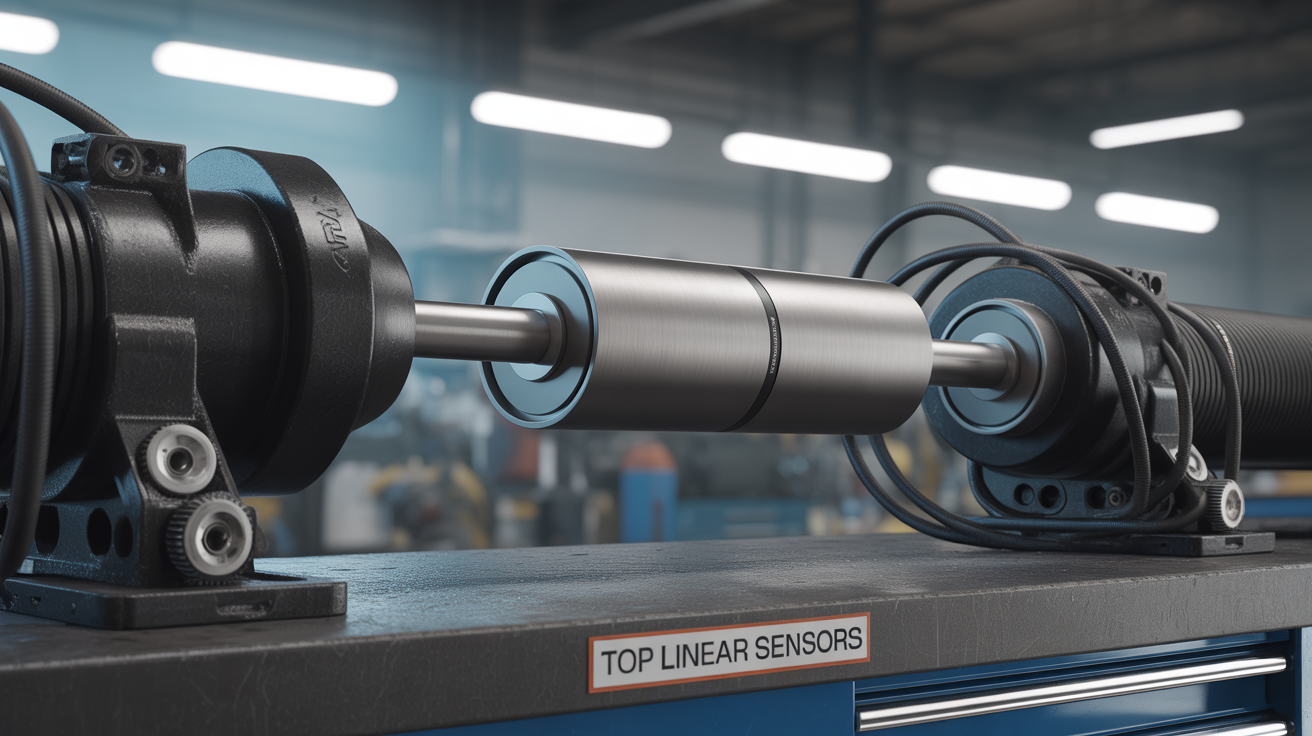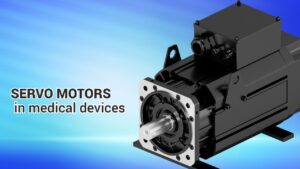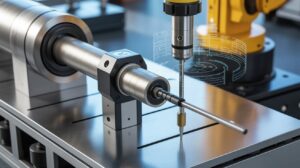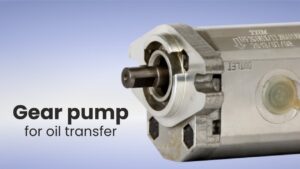Hydraulic cylinders are essential in industries where precision and power are critical, like construction, manufacturing, mining, and material handling. The cylinders convert fluid power into mechanical motion, which allows equipment to lift, push, or move heavy loads. However, for the system to be reliable and smooth, it must know exactly where the piston is inside the cylinder. Here, the Linear Position Sensor for Hydraulic Cylinder plays an important role in ensuring precise monitoring and control.
A linear position sensor for hydraulic cylinders monitors the movement position of the piston rod in real-time. These sensors enable accurate cylinder position monitoring, which improves safety, increases efficiency, and ensures smooth automation.
In this blog, we’ll explore the leading sensor technologies used for hydraulic cylinders and help you choose the right solution for your applications. So, let’s get started.
What Is The Linear Position Sensor For Hydraulic Cylinders?
A hydraulic cylinder linear position sensor is a device that measures the movement or position of the cylinder and converts it into an electrical signal. The sensors are designed to be easy to install, work well with control systems, and provide reliable performance. They help to detect the distance between a moving part and a reference point, making them suitable for cylinder position monitoring.
One of the common types is the linear potentiometer, which works by changing resistance as the cylinder moves. The sensors are also known as displacement sensors. The sensors are installed on tilt cylinders and are used to measure how far the piston rod extends or retracts, providing a real-time linear position sensor for hydraulic cylinder data.
Some of the features of the linear sensor position for the hydraulic cylinder are:
- Detect small position changes
- Deliver long-term accuracy and stable readings
- Compound design for flexible use
- Durable and harsh environment
- Ensure precise displacement measurements
Why Does Cylinder Position Monitoring Matter?
Using the linear position sensor for hydraulic cylinders brings more advantages to both industries and mobile equipment. In automated systems, knowing the exact cylinder position allows one operator to manage several machines at once. This boosts productivity and helps increase cycle speed safely. For equipment like cranes and loaders, cylinder position monitoring ensures better control and load stability, which is crucial when handling heavy materials.
In tasks like farming, construction, or demolition, precise and reputable movements are the key. Real-time feedback from the linear position sensor hydraulic cylinders helps the system to maintain accuracy. Safety is another major benefit. With remote monitoring and control, operators can stay at a safe distance. Sensors also support better load holding, reducing the chance of accidents during the process.
Overall, monitoring cylinder position improves control, accuracy, efficiency, and safety across many applications.
Top Linear Position Sensor For Hydraulic Cylinders
Magnetostrictive Sensors
Magnetostrictive Sensors are the most precise and reliable sensor types. They use magnetic fields to measure piston position without playing, making them ideal for difficult environments. The sensors offer a long lifespan, accuracy, and minimal maintenance, which is perfect for automated and mobile machinery.
Potentiometric Sensors
Potentiometric Sensors measure position through resistance changes along a conductor track. They are cost-effective and offer good accuracy. However, they tend to wear out over time due to physical contact. It is best suited for applications with moderate-duty cycles.
Inductive Sensors
Inductive sensors use electromagnetic fields to detect the piston’s position. These sensors work well in compact designs and are commonly used where reliability is more critical than ultra-high precision.
Hall-Effect Sensors
These sensors measure magnetic field changes and determine linear displacement. They are budget-friendly options and suitable for basic cylinder position monitoring in non-critical systems.
Linear Variable Differential Transformer
LVDT sensors are highly accurate and durable. They convert linear movement into electrical signals without physical contact. They are used in aerospace and industrial automation, where high-resolution feedback is necessary.
Points To Consider When Choosing A Sensor
Selecting the right linear position sensor hydraulic cylinder system depends on several important factors, such as:
- Consider environmental conditions, such as moisture, temperature, fluctuations, vibrations, and pollution. Choose sealed sensors for outdoor or mobile applications.
- Ensure the sensor length matches the full range of your cylinder’s motion.
- Sensors with high accuracy and minimal drift are best for applications requiring tight control.
- Choose between in-cylinder and external placement based on space, accessibility, and maintenance needs.
- Verify the sensor’s interface with your hydraulic controller, PLC, and monitoring system.
These points will help you ensure long-term reliability and optimal performance.
Conclusion
Linear position sensors are important for modern hydraulic systems that demand efficiency, safety, and precision. The right line position sensor for a hydraulic cylinder can have a significant impact during automating a factory process or enhancing the functions of heavy-duty mobile equipment. Selecting the right technology is the key to reliable cylinder positioning, monitoring in rugged inductive models, high-precision magnetostrictive sensors, and others.
Choose the right sensor solution with THM Huade today! Here you can find high-performance hydraulic components, including a linear position sensor for hydraulic cylinders customized to your applications.
Frequently Asked Questions
What is a linear position transducer?
A linear transducer measures linear displacement or movement along a single axis in any direction. They do this by converting the movement into an electrical signal, which is proportional to the displacement, so that various devices can integrate it.
How does a linear sensor work?
Linear position sensors measure the linear distance between the object and the point of reference, as well as speed and change in position. They do this by converting linear displacement into an extra-low voltage.
What is a cylinder position sensor?
Cylinder sensors are used to determine the piston position of pneumatic cylinders. They are directly placed onto the cylinders.



